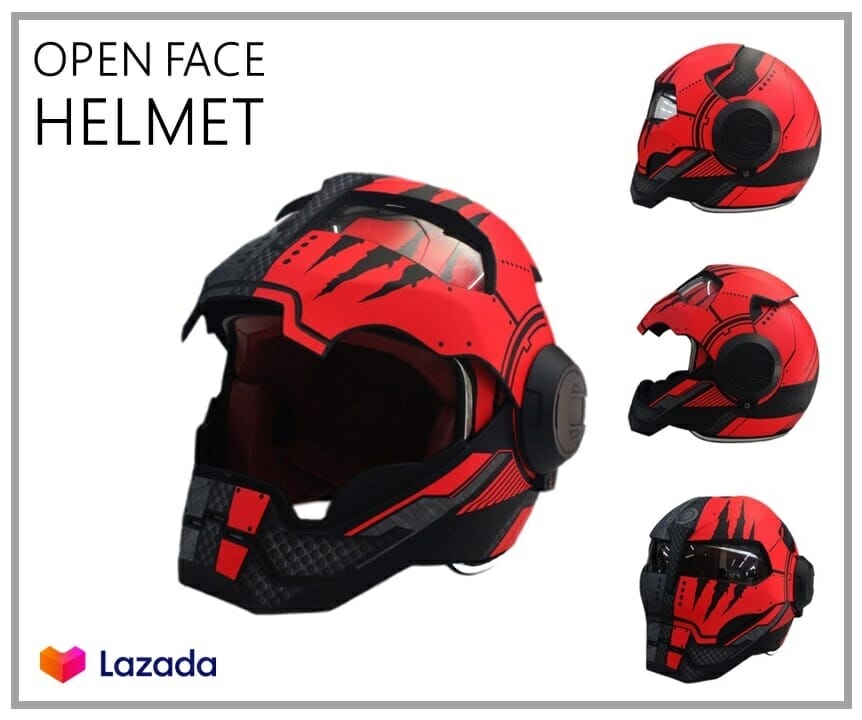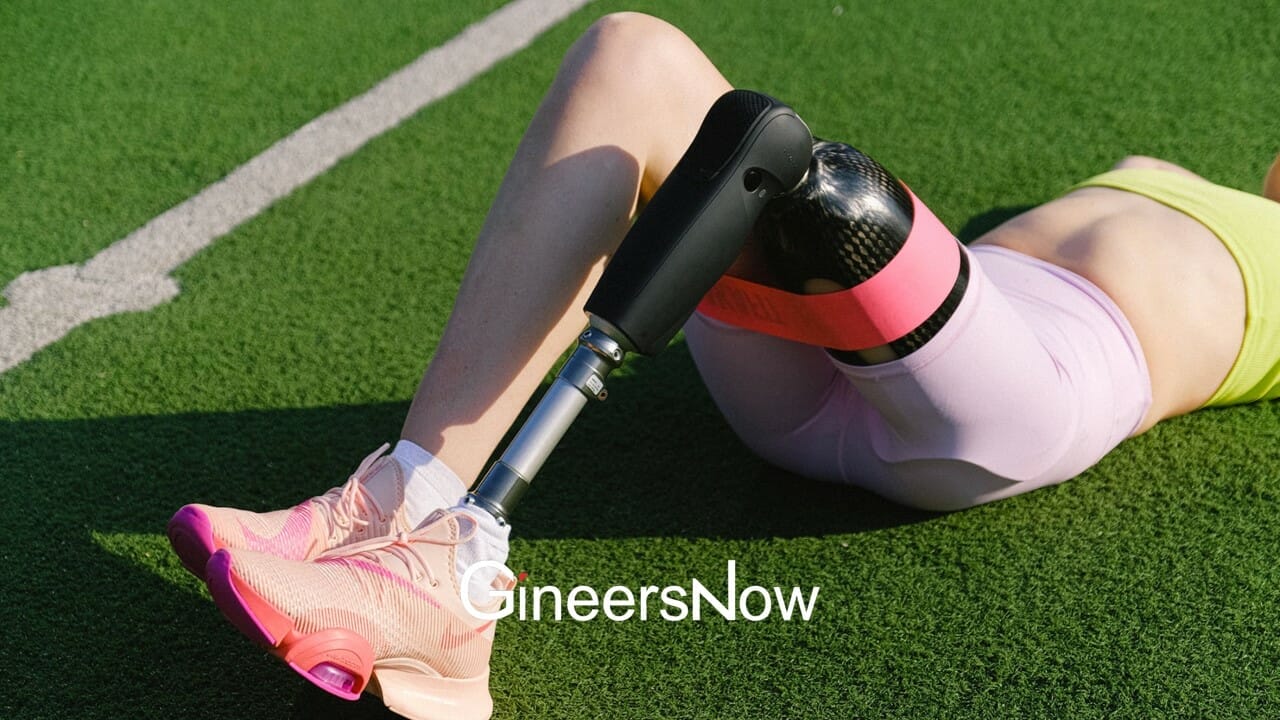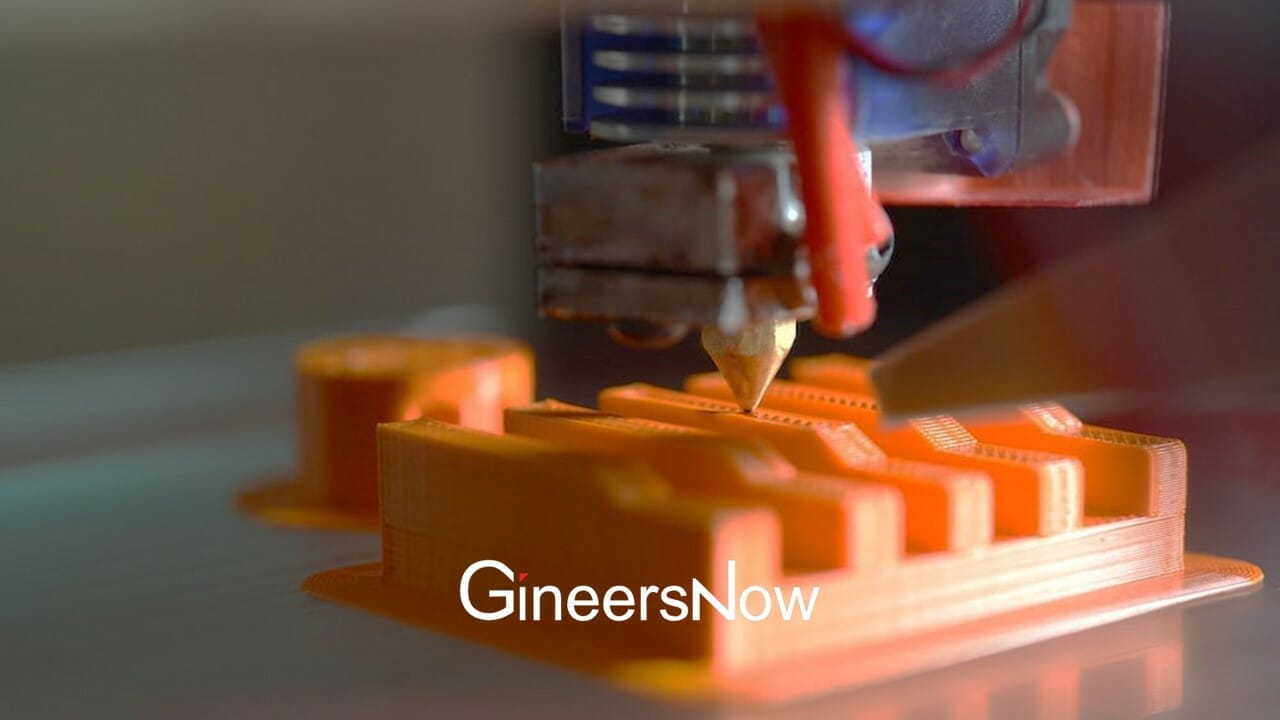There’s a first time for everything, and today, scientists from the US have just created 3D printed ovaries for infertile mice that allowed them to produce viable offspring.
While it has only been tested on animals, the end goal is to one day restore fertility and hormone production who have developed fertility issues through disease, genetics, or chemotherapy.
“The real breakthrough here is we’re building a real ovarian prosthesis and the goal of this project is to be able to restore fertility to young cancer patients who have been sterilized by their cancer treatment,” says Dr. Teresa Woodruff, reproductive scientist director of the Women’s Health Research Institute, at Northwestern University, Illinois.
Source: Telegraph UK
“Right now, we’re able to do that with young mice and the goal ultimately is to provide this back to patients. Using bioengineering to create organ structures that function and restore the health of that tissue for that person, is the holy grail of bioengineering for regenerative medicine. Our hope is that this will be the ovary of the future.”
The artificial mice ovaries were 3D printed with liquid gelatin made from broken-down collagen. “We have constructed these scaffolds out of gelatin and that is just broken-down collagen, and collagen is what gives us structure in our bones, in our skin,” adds Dr Alexandra Rutz, co-author of the study.
The lattice-like structure of the 3D printed ovaries made it possible for it to interact with other bodily tissues to produce eggs. The structure also made it strong enough to be implanted without accidentally tearing it.
This ultimately gives room for the produced eggs to mature and ovulate, and also have blood vessels form within the 3D printed ovary itself, allowing hormones to circulate through the system and trigger lactation after giving birth.

Source: Make Printable
“The purpose of this scaffold is to recapitulate how an ovary would function. We’re thinking big picture, meaning every stage of the girl’s life, so puberty through adulthood to a natural menopause,” said Dr Monica Laronda, co-lead author of the study. “What happens with some of our cancer patients is that their ovaries don’t function at a high enough level and they need to use hormone replacement therapies in order to trigger puberty.”
“Our technician removed the ovary of the mouse, replaced it with out scaffold, stitched it all back up and we mated some of those animals and we were able to get live birth.”
The next team’s goal is to make the scaffold larger so that it could be tested on larger mammals, and soon enough, on humans.
Article Sources:












